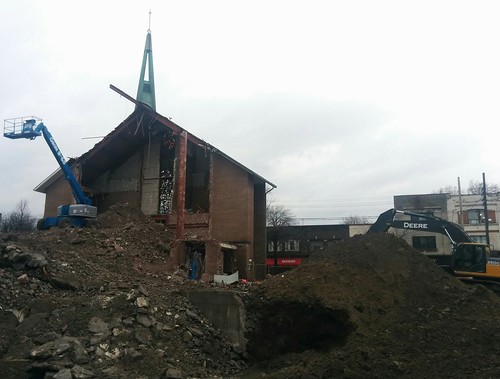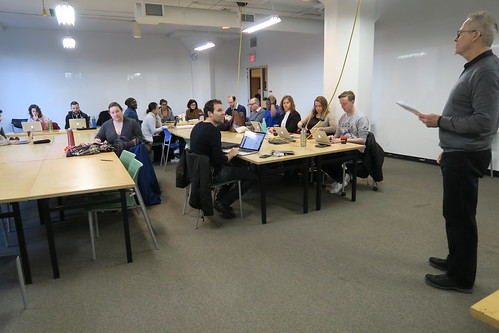











Early Monday morning, we took the train over to the Tsukiji market. Coming by a different route than before, we encountered a temple where businessmen were making offerings.
In mid-morning, some of the tuna were still in recognizable forms, with fishmongers rapidly creating portions with saws and knives.
On this visit, I discovered the reason that some tuna are called yellowfin. These had a yellow fin smaller than a thumbnail.
From Tsukiji, we walked through the Ginza, and up towards Yurakucho. We stopped by a pachinko parlour where the machines were as loud in the morning as they are in the evening. Continue reading “2010/02/27-03/07 Tokyo“
I guess that Saturday afternoon is a good bet for families to visit the gardens.
As we entered the gardens walking north, I enjoyed the view of the brook to the side.
The park honours the Emperor Meji who passed away in 1912, and is interred in Kyoto. The view of the long, tree-covered walk is impressive.
Sake barrels are displayed as decorations, emptied from prior festivals after having been donated by local brewers.
The Meiji period was seen as enlightened one, when the emperor enjoyed western food and took wine with it. Wineries in Bourgogne, France, consecrated these barrels in the emperor’s honour. Continue reading “2009/02/28 Meiji Jingu, Shinto Shrine, Tokyo“
Looking north and east at dusk, the distance from the Shinjuku district to the harbour was too great to see any water.
Continue reading “2007/07/31 Tokyo Metropolitan Government Building, Shinjuku at night“
On one of the large screen interactions had us bouncing bubbles up, before they hit the ground.